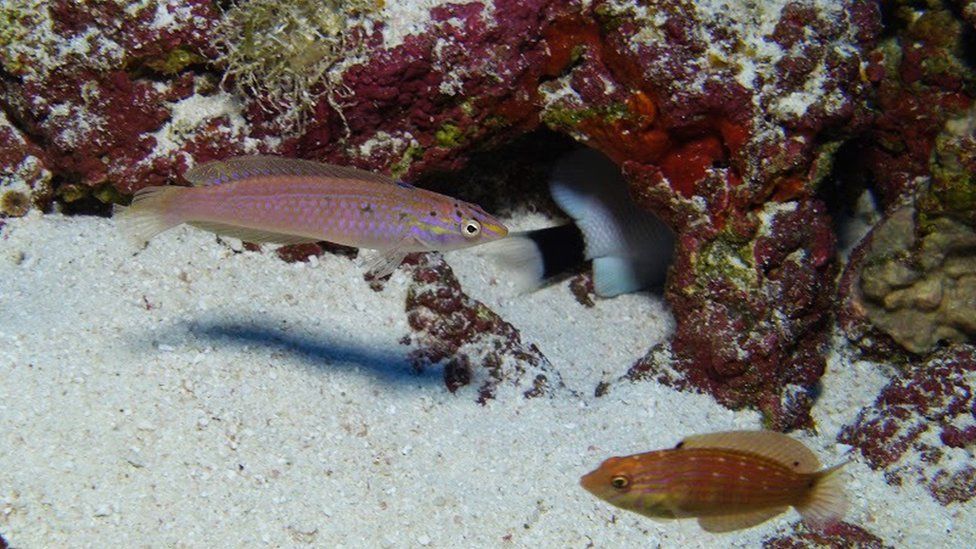World's largest marine reserve created off Hawaii
- Published

US President Barack Obama has expanded a national monument off Hawaii, creating the world's largest marine reserve, the White House says.
His announcement on Friday quadruples in size a monument originally created by President George W Bush in 2006.
The Papahanaumokuakea Marine National Monument will now span 1.5m sq km (582,578 sq miles), more than twice the size of Texas.
The designation bans commercial fishing and any new mining.
The White House says the expansion is helping to protect more than 7,000 species and improves an ecosystem affected by ocean acidification and warming.
A fact sheet previewing the announcement also states that the expanded area is considered a sacred place for Native Hawaiians.
The expansion was welcomed by environmental campaigners.
"By expanding the monument, President Obama has increased protections for one of the most biologically and culturally significant places on the planet," said Joshua Reichert, an executive vice president at the Pew Charitable Trusts.
Greenpeace also hailed what it called a "bold decision" that will ban commercial fishing and mineral extraction in the region.
But some fishing groups have voiced concerns.
"We are disappointed that the president has made a decision to close an area nearly the size of the entire state of Alaska without public process," Sean Martin, the president of the Hawaii Longline Association told the Associated Press news agency.
"This action will forever prohibit American fishermen from accessing those American waters. Quite a legacy indeed," he added.
Analysis: Roger Harrabin, BBC environment correspondent
The oceans are under multiple assault from over-fishing, waste plastics and pollution.
They're also suffering from climate change and ocean acidification - a problem caused by manmade carbon dioxide emissions dissolving into the sea and changing its chemistry.
Scientists say coral reefs are less vulnerable to changes in climate and chemistry if they are protected from other threats - that's what the president is doing by banning commercial fishing and any new mining.
It's part of a fledgling success story in marine conservation. The UK has led the way with protected zones in the Indian ocean, round Pitcairn Island, and round Ascension Island in the Atlantic. Meanwhile, conservation on land is a continuing struggle thanks largely to population growth and the spread of farming.
Follow Roger on Twitter @rharrabin
The area is also known for its many shipwrecks and downed aircraft from the Battle of Midway, which marked a major shift in World War Two.
President Obama, who was born in Hawaii, will travel to the Midway Atoll next week.
With this announcement, he will have created or expanded 26 national monuments during his time in office.
In 2014, he extended the Pacific Remote Islands Marine National Monument south-west of Hawaii, which now covers 1.2m sq km (490,343 sq miles).
- Published17 June 2014
- Published29 July 2016
- Published10 December 2015